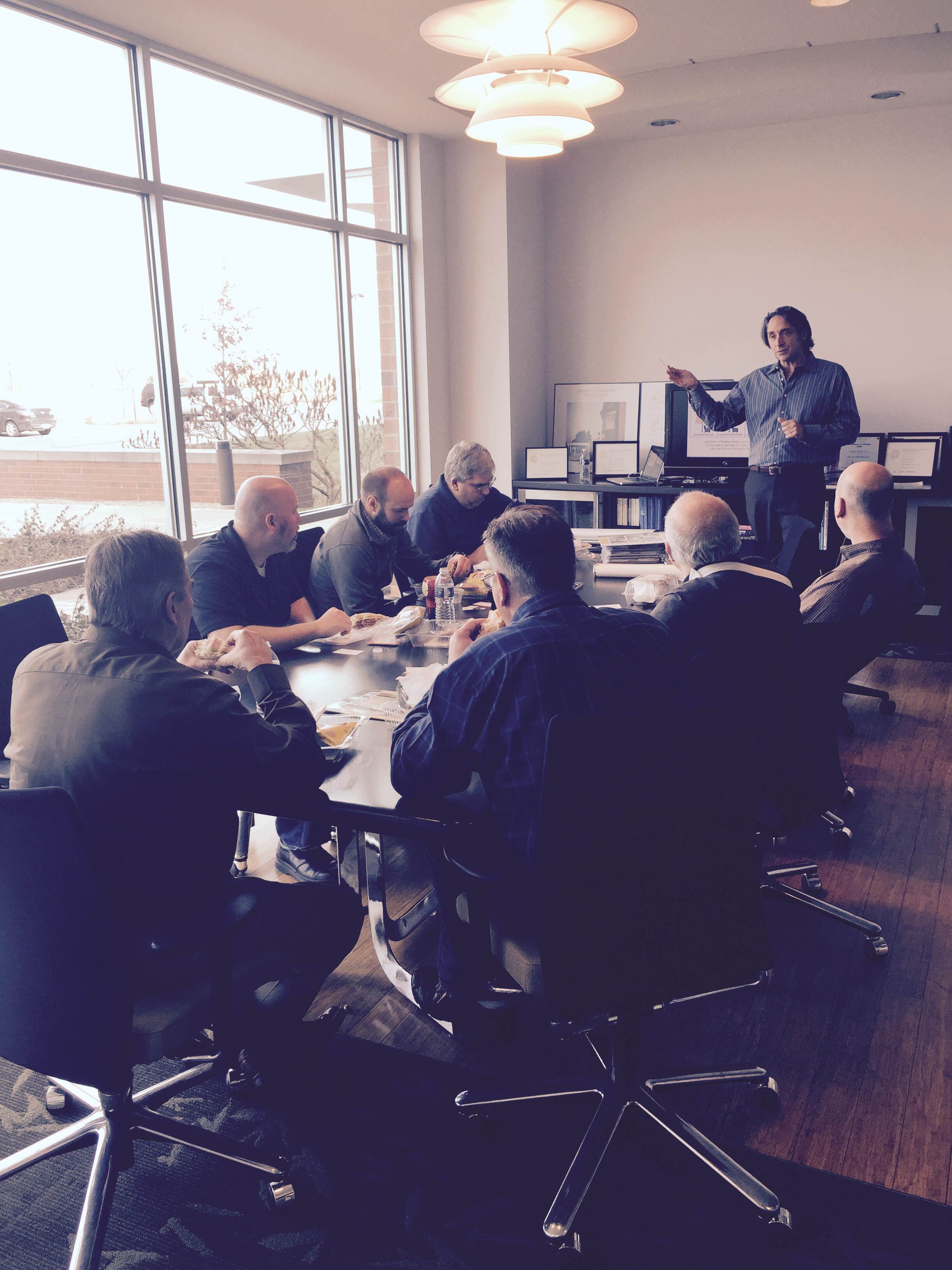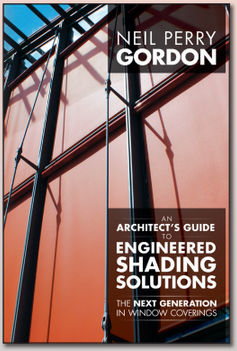Over the past several years, my business has focused on serving the architectural community. One of my primary ways of reaching architects has been by providing health,  safety, and welfare continuing education credits for my popular Lunch and Learn programs. This hour-long presentation introduces the concept of engineered shading solutions to the architectural community.
safety, and welfare continuing education credits for my popular Lunch and Learn programs. This hour-long presentation introduces the concept of engineered shading solutions to the architectural community.
Through the hundreds of presentations I have done, I have taught many architects,designers, and specifiers about the world of window coverings. In the process, I have shared that window coverings are no longer the simple devices of the past—they have evolved into an integrated strategy for today’s sustainable buildings and interiors. Therefore, a more comprehensive description was needed, and the term engineered shading solutions was coined.
As a building system, engineered shading solutions are more then just a quick fix of installing basic shades and expecting superior performance. In order to successfully control solar heat gain, glare caused by daylighting, and the levels of light in a space, engineered shading solutions need to be part of the initial planning and design stages of building facades. 
With such high expectations comes the definition:
“Engineered shading solutions are sustainable systems for interior and exterior window coverings, which engage the latest technologies to control heat, glare, and light” – Neil Gordon
Engineered shading solutions contribute ideas, products, and results for sustainable architecture. Engineered means a creative application of scientific principles to design and develop structures with respect to their intended functions. Shading solutions refers to the answers to common issues and problems caused by too much solar heat gain, glare, and light. Combined, architects can achieve successful results in providing for the health, safety, and welfare of the occupants of their designs.

The premise of this book is to dig deeper into the definition of engineered shading solutions. What does it mean to be called a sustainable system? How does a system—for interior and exterior various applications—actually provide solutions for excessive solar heat gain and annoying glare while regulating the amount of light into a space?
Want to learn more? Click here or on the book

